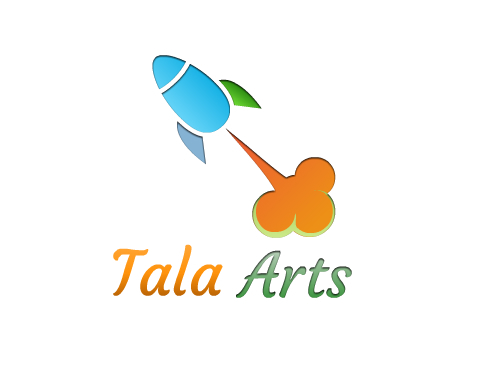LinkedIn has a reputation as a business network for corporations, executives, and the upwardly mobile. Many creatives have tried, but found it to be oriented towards professionals, not small businesses and entrepreneurs. While it is undoubtedly geared towards corporations, don’t give up on it just yet. Let’s take a look at what LinkedIn has to offer small businesses in arts and creativity.
It Starts With Your Profile
Start by setting up your profile to be consistent with your other social networks. I mentioned “cross pollination” in a previous post; exposure in one platform will lead to exposure in others. So of course besides your logo and company name, use the same mission statement and business description. Consistency is the kay to success!
Build Your Network
Start building your LinkedIn network with people in your industry you already know. As always, keep in mind your purpose – to make connections that will help build your business. Be prudent in who you add to your network; family members and friends are great to have in your personal social media accounts, but LinkedIn is strictly professional. So….start by contacting people already in your real-life business network; ask them if they’re on LinkedIn, and ask if you can add them to your network. Don’t link people just to be linking with them. It does nothing for your network or you business. Quality over quantity is the answer here.
If you’re stuck for ideas on whom you should look up to connect with, some suggestions:
- People you know from college
- Existing clients
- Your supply sources
- People in arts and/or creative businesses you’d like to connect with
LinkedIn is brimming with potential music industry connections, but I’m not talking about spamming record label execs with your latest tracks. In fact, sending your new EP to a label employee over LinkedIn is not a particularly good idea.
I’m talking about the people who can do the jobs that you make not have the technical ability or experience to do yourself. From graphic designers, photographers, web developers and social media gurus, to sound techs, promoters and producers, there are plenty of useful, professional connections to be made.These are the people who can transform your image, polish your tracks and expand your reach. And yes, you’ll need to pay them for their services, but doing so is an investment in your music
From dittomusic.com
Groups
Be sure to join Groups in your industry, especially where your ideal client would hang out. Let’s say you’re a photographer. Of course, join groups for photographers for support and networking, but would your ideal client be hanging out there? Probably not. Where would they be? Are they young adults? Getting married? Try groups for wedding planning. Are they a realtor? They will need photographers for professional – looking brochures. Do you specialize in a certain industry? Find groups in those industries, and figure out why they need your services. Think outside the box to figure out where your ideal clients might be. That’s the best feature of LinkedIn in my opinion – groups of people who take their niche seriously.
Within the groups are the News areas: “I link articles I’ve written via the news area of the groups,” says Karen. “Whenever I do this, the notices get posted to the home page of all group members, which is a tremendous amount of ‘free’ exposure. And since some of the articles I post are excerpts, or adaptations, from a book I am working on, I begin to build name recognition and demand for the book.”
From emptyeasel.com
Remember, it’s not only about you. If you come across as Me Me Me, you’ll be disregarded. Be sure to post recommendations for others, read and comment on members’ articles, as well as contributing your own. I like the 2 – to – 1 ratio. For every article I post in LinkedIn, I try to show some appreciation to at least two articles written by others. Writing an article is not easy, but writing positive comments on a couple of articles takes a couple minutes. Remember, you get back what you put in. Post updates to show how excited you are about the completion of a project, a heartening business experience you had, an interesting discovery you’ve made. Tell your story. Write “Day In the Life” articles that are engrossing or funny, and will encourage others to share or comment on.
Remember, the connections you make in LinkedIn should remain strictly professional. It’s not the place to build a fan following, but for building mutual relationships that will nurture your business and help it to grow.
Photo by rawpixel.com on Unsplash
 Copyright secured by Digiprove © 2018 Ellen Clarke
Copyright secured by Digiprove © 2018 Ellen Clarke 
Recent Comments